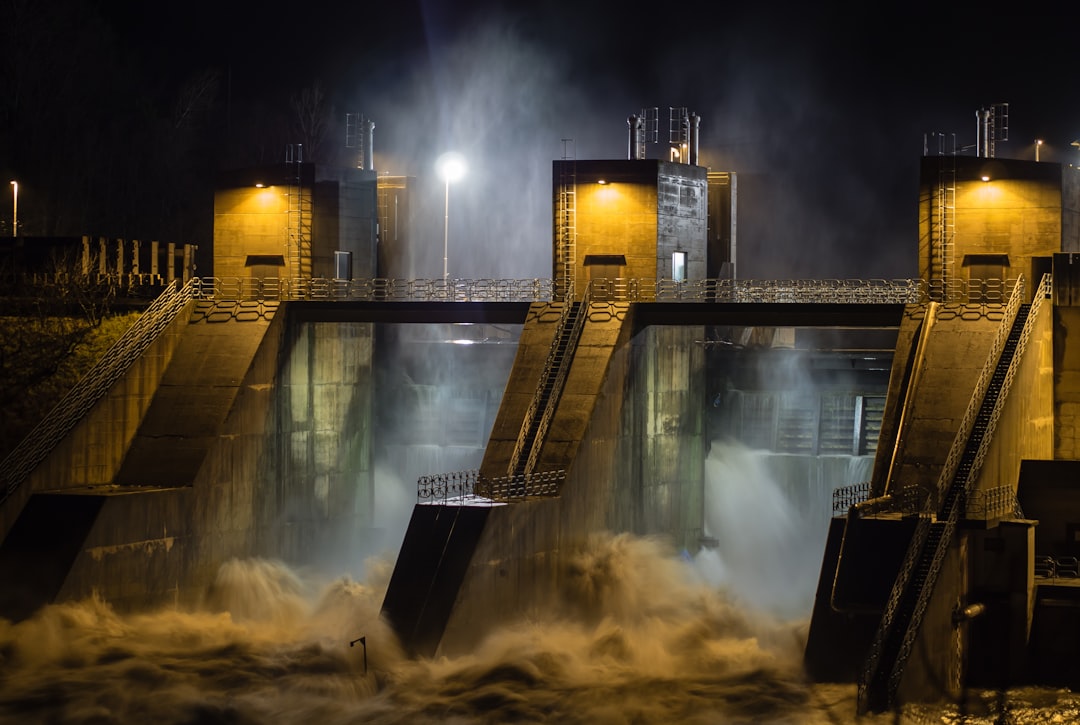What is it about?
Using a foam made from carbon immersed in noble gases to create a neutron scintillation detector
Featured Image

Photo by Carles Rabada on Unsplash
Why is it important?
Alternatives to He3 are desperately needed, we also anticipate this will be low cost to construct .
Perspectives
The result of a very rewarding collaboration between the JHU Applied Physics Laboratory, the University of Maryland, and the National Institute of Standards and Technology (NIST). ERG Aerospace contributed much assistance as well as we came to a greater understanding of their carbon foams.
Chris M. Lavelle
The Johns Hopkins University Applied Physics Laboratory
Read the Original
This page is a summary of: Demonstration of neutron detection utilizing open cell foam and noble gas scintillation, Applied Physics Letters, March 2015, American Institute of Physics,
DOI: 10.1063/1.4914001.
You can read the full text:
Contributors
The following have contributed to this page










